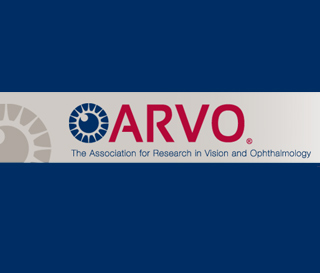
At the time of the study, experts employed a method that ‘shakes’ the brain gently. Hence, an image appears and disappears at a constant rate to examine its sensitivity and perceiving facial identity. This technique is known as steady-state visual evoked potential (SSVEP). In this experiment, 12 participants were presented with a series of faces appearing at a frequency of 3.5 faces per second. The brain signal at that specific frequency appeared very much larger when a sequence of different faces was presented at that rate than when an identical face was repeated.
“If we measure global human brain activity when one face is viewed, it cannot be differentiated from brain activity when another face is viewed,†added author Bruno Rossion, PhD, a researcher at the Institute of Psychology and Institute of Neuroscience, Université Catholique de Louvain, Belgium. “This is why we relied on a method in which brain activity is compared between repetition of the same face and the presentation of different faces in succession.”
The resulting large size of the difference between the two conditions was seemingly obtained only after one minute and a half of testing. The difference in conditions probably did not exist when the faces were inverted. It was affirmed that the region for face perception may primarily be in the posterior part of the brain’s right hemisphere. The ability to recognize a face seems to be a common issue in cases of sudden onset of posterior brain damage, neurodegenerative disorders like Alzheimer disease as well as other forms of dementia and social disorders like autism.
The study is published in the Journal of Vision.
